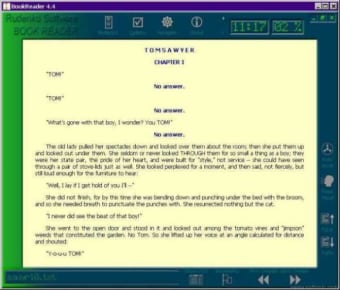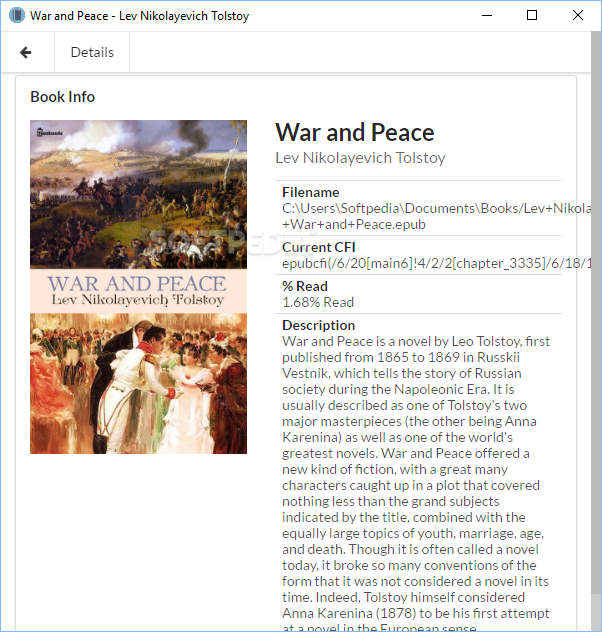
Your Mac opens the device’s file system, as shown below:
DOWNLOADING FROM BOOKREADER INSTALL
Go to the File Transfer app at: using your computer’s Web browser and follow the onscreen instructions to download and install the app. MAC users will first need to install the free Android File Transfer app to complete USB transfers.Drag your eBook file (.MOBI) from where you saved it on your computer and drop in the Documents folder on your Kindle eBook reader.Click on the Kindle disc and navigate to Documents folder on your Kindle device.Please see Kindle Troubleshooting, below. Note: if your Kindle doesn’t show up as disk drive, you may not have the correct driver installed.On a MAC, it will also appear as an icon on the desktop. You will be able to see your Kindle device as a disk drive.Connect your Kindle to your computer via USB cable.Select Save as and select a location to save your eBook file (called.Select the Download Mobi/Kindle option.Instructions may also differ slightly depending on the generation of device or operating system. If your device is not listed, please check the manufacturer support pages for that device. It’s not possible to account for them all. Instructions for the most popular devices are included below. So, for example, if you need to download separately for your eBook reader and your mobile phone, you can do that. You can download the files for your eBook more than once.You have access to download both types of files.

MOBI and one for other devices, called an. There are two file types: one for Kindle, called a.On your laptop/desktop: Programs like Calibre (free at ) allow reading of eBooks on your laptop.

On your phone: Most recent mobile phones have apps to read eBooks, for example, Kindle reader or iBooks.On your eBook reader: Scientific American eBooks can be read on any eReader device: Kindle, iPad, Nook, Kobo and others.Device Troubleshooting Where Can I Read SA eBooks


 0 kommentar(er)
0 kommentar(er)
